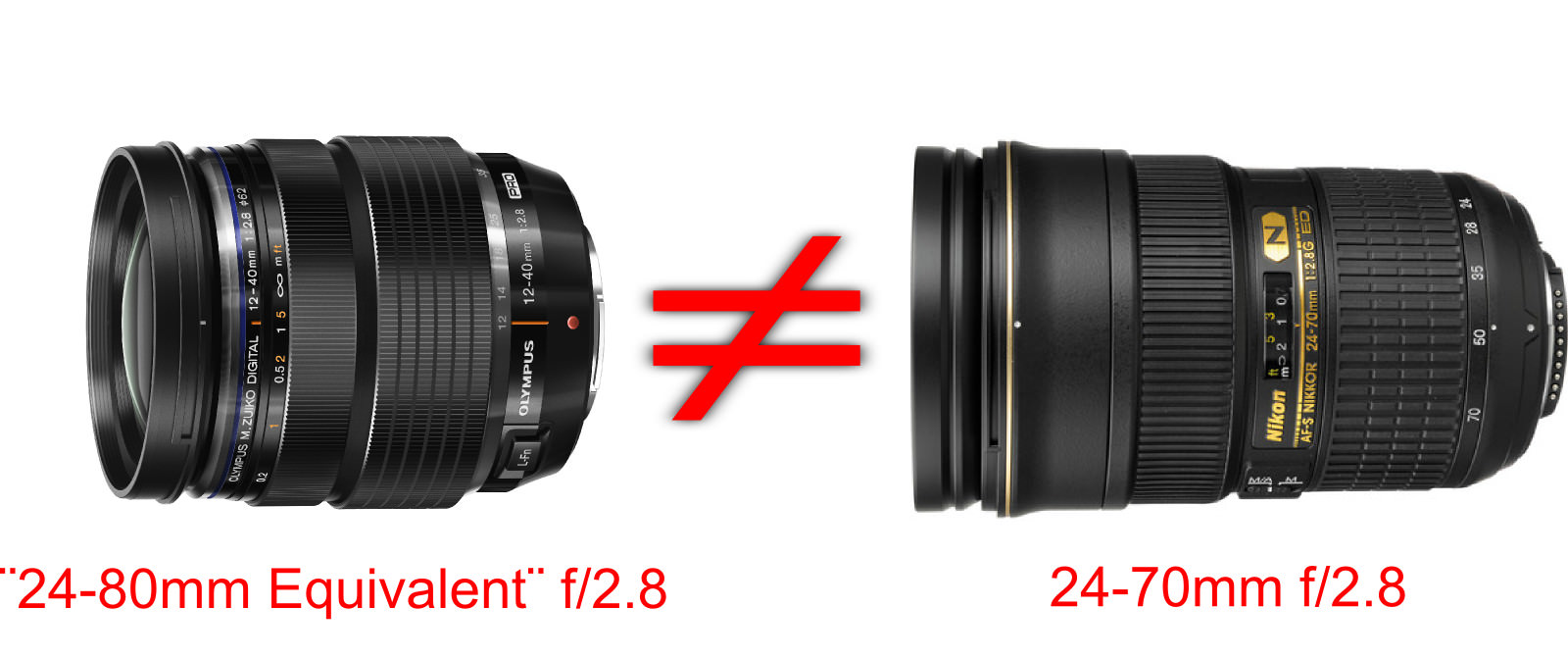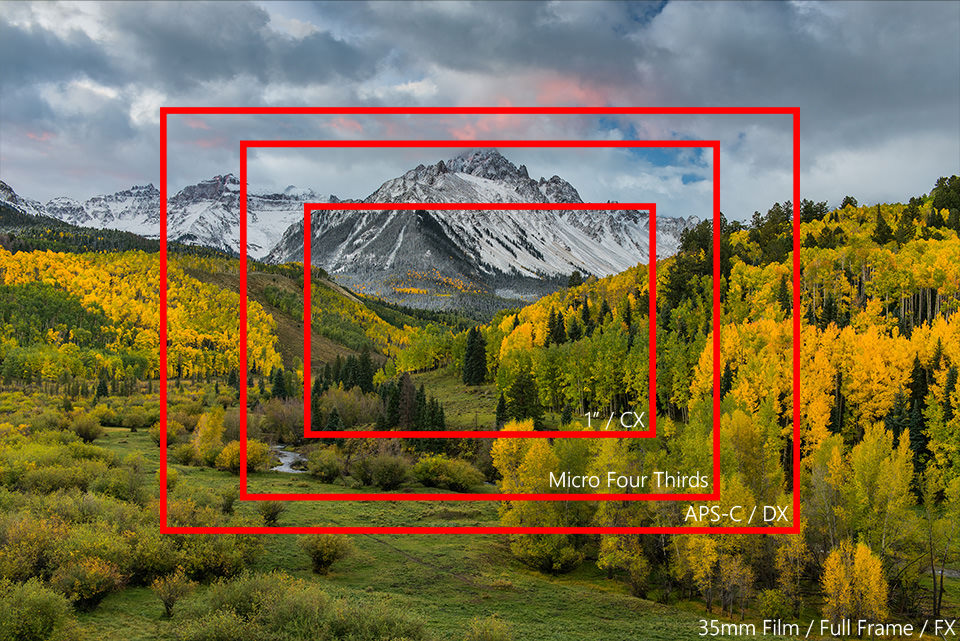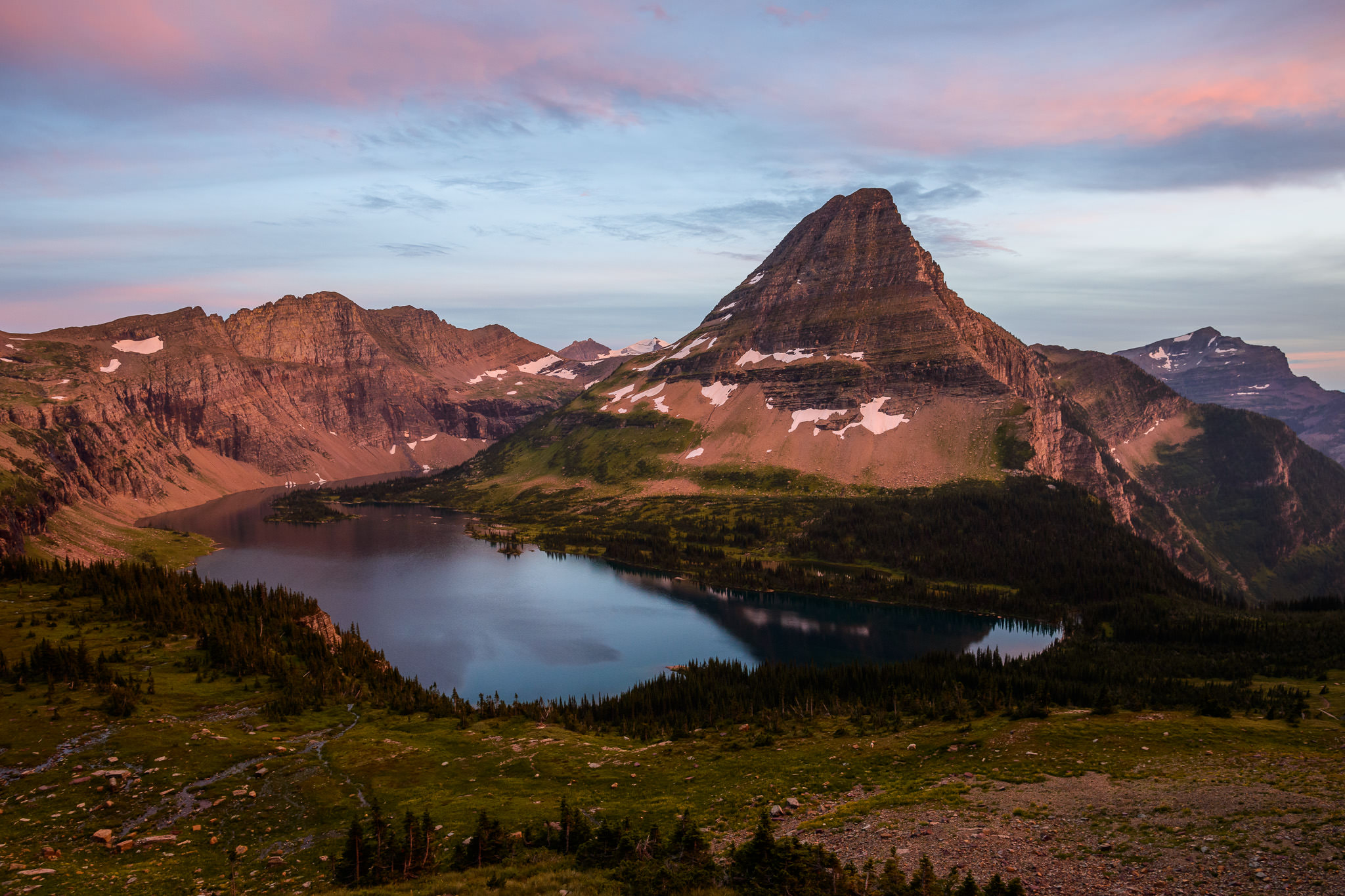It is a rare picture that I print bigger than 8.5 x 11. Current experiences kinda indicate that greater than 600mm on a 45mp sensor is relatively unnecessary.
I shoot a 500pf on a cropped sensor. I use a 500pf which is 750 effective mm with a 21mp sensor. A 45MP FF camera would have the same pixel density. While I have a 1.4TC I rarely use it because I find that I can crop to 20% of the original frame or less, clean up the shot in Photoshop, then use Topaz. This shot is about a 90% crop. The bird was at least 100 yards away.
More interestingly, I lent our D-500/300pf setups to a couple of novices. Naturally they shot subjects too far away. But guess what? When I cleaned up the images they were just fine and could even be printed,

I shoot a 500pf on a cropped sensor. I use a 500pf which is 750 effective mm with a 21mp sensor. A 45MP FF camera would have the same pixel density. While I have a 1.4TC I rarely use it because I find that I can crop to 20% of the original frame or less, clean up the shot in Photoshop, then use Topaz. This shot is about a 90% crop. The bird was at least 100 yards away.
More interestingly, I lent our D-500/300pf setups to a couple of novices. Naturally they shot subjects too far away. But guess what? When I cleaned up the images they were just fine and could even be printed,
You can only see EXIF info for this image if you are logged in.






